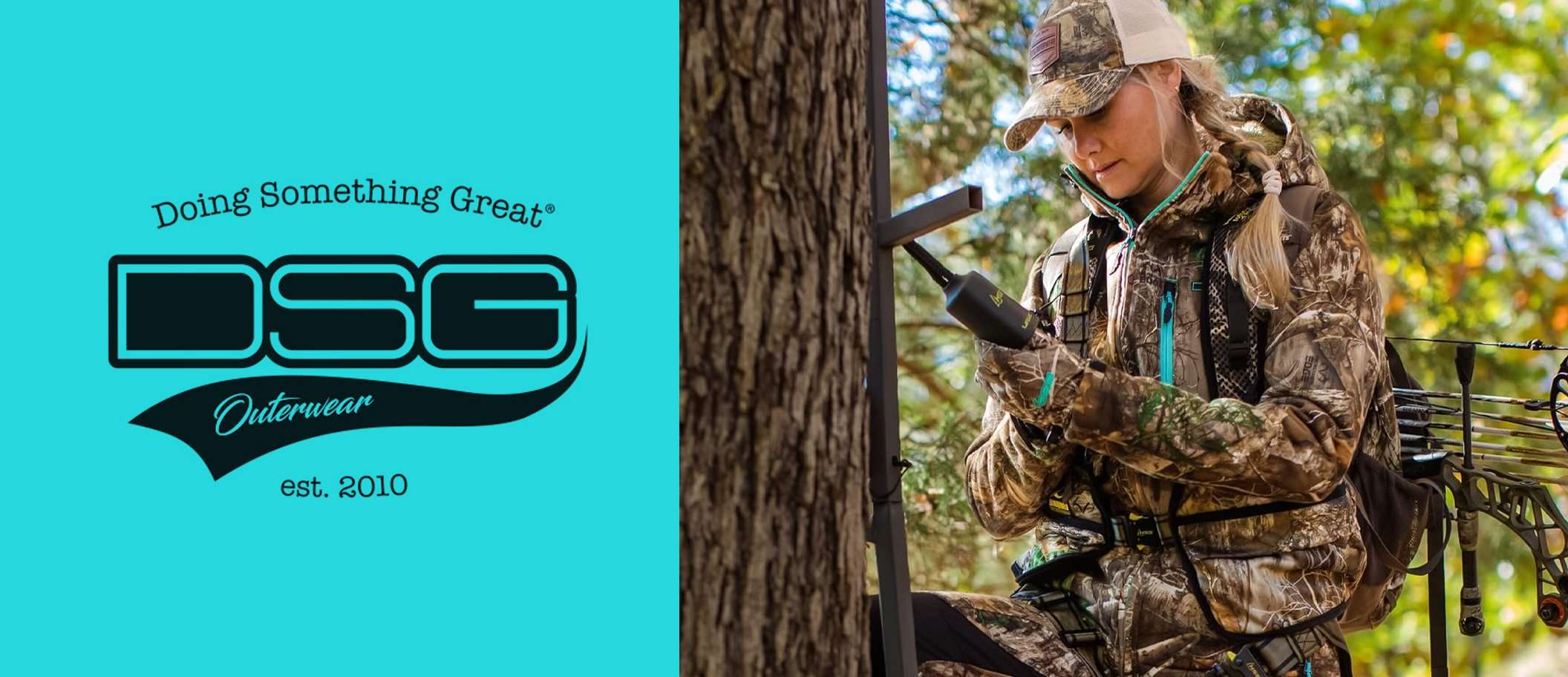From firearms laws to buying fuel, here’s what hunters traveling from the states for birds or big game need to know

Moose are just one of many big game animals available to hunters who venture to Canada. Image by Harry Collins Photography
With vast expanses of wilderness and wetlands, Canada is a virtual Cornucopia for hunters seeking adventure. Every year, thousands of hunters from the states cross the border to do just that. If you start planning your dream hunt in Canada now, actually pulling it off becomes much easier. Here are some topics to consider.
REGULATIONS
With 10 provinces and three territories in Canada, there are some variances in regulations depending on the jurisdiction. It is no different than hunting in different states, where bird limits can change or hunting season dates don't always align. The good news is that electronic regulations are available to review beforehand, and any questions can be submitted to answer your queries.
For example, search the internet for Alberta hunting regulations. A complete and current set of regulations will be at your fingertips. The results should be https://albertaregulations.ca/huntingregs/.
Some tourism departments do an outstanding job of helping hunters and anglers plan an adventure. Tourism Saskatchewan has an excellent online resource for planning a trip, finding an outfitter, knowing the rules and regulations, and providing maps for travel. Go to huntfishsask.com to get started. Consider searching tourism organizations for any jurisdictions you plan to hunt.
Don’t Miss: DON’T FREEZE TO DEATH IN A DUCK BLIND
FIREARM LAWS
There are often questions regarding the transportation of firearms across international borders. It is easy for Americans traveling north to bring their favorite long guns, provided the guns aren’t restricted (such as semi-automatics with short barrels) or prohibited (automatic) weapons styles. Hunters have a valid reason to import firearms into Canada. Valid purposes also include competitions, repair, or in-transit through Canada. Non-residents can even import a non-restricted firearm for protection against wildlife in remote areas. To bring firearms like shotguns, rifles, and muzzleloaders that are to be used for hunting, you must complete the Non-resident Firearms Declaration form 5589.
To save time at the border, complete a Non-Resident Firearms Declaration form, but do not sign the form, or you will need to fill in a new one at customs. A Canada Border Services Agency (CBSA) customs officer must witness your signature. The fee is $25. After a CBSA customs officer also signs your Declaration, it becomes a temporary license, and it is valid for 60 days.
Suppose you are bringing more than three firearms into Canada. In that case, you must fill out a Non-Resident Firearm Declaration Continuation Sheet.
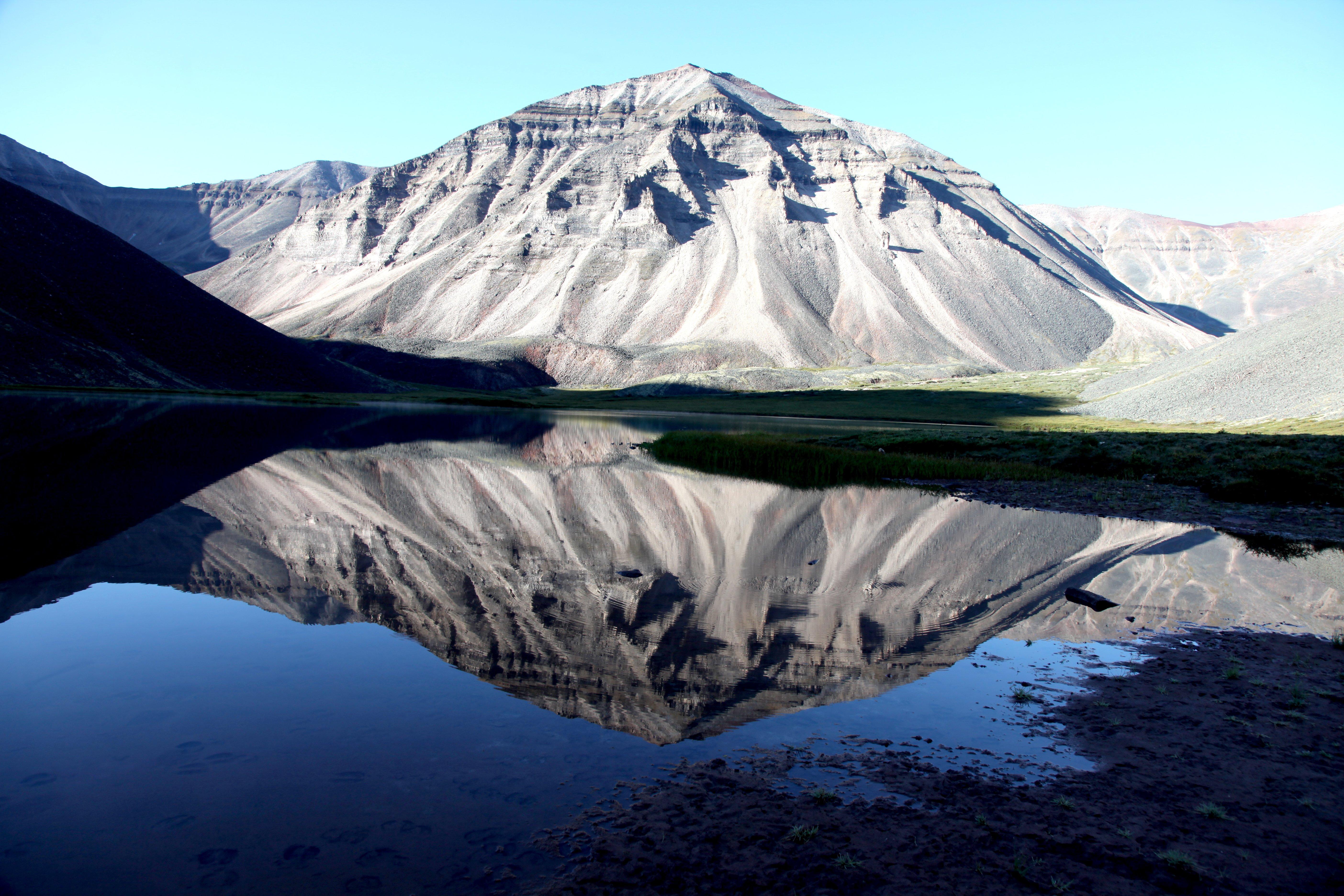
Canada is a popular travel destination, not just for its abundance of hunting opportunities, but for its beautiful landscapes. Image by Brad Fenson
HUNTER FRIENDLY
There are regional differences across North America for the acceptance of hunters. Western Canada has more open spaces and smaller urban centers, making those areas more hunter-friendly most of the time. Flying through airports in Calgary, Edmonton, Saskatoon, or Vancouver tends to have fewer problems than the big centers in eastern Canada.
Rural people understand the economic importance of hunting, and many, including landowners, welcome traveling hunters. In fact, Saskatchewan Environment contracted an economic impact evaluation showing the importance of having non-resident hunters. The evaluation showed that non-resident, non-outfitted bird hunters have a long-lasting impact on Saskatchewan's economy as the hunters have a higher loyalty rate than Canadian hunters. Repeat visitation of 66.8% for non-resident hunters is 4% higher than for Canadian residents. Non-resident hunter loyalty is very high, and once they experience the hunting, they want to return.
Don’t Miss: HOW TO MANAGE DUCK HUNTING PRESSURE
PASSPORTS AND TRAVEL DOCUMENTS
CBSA recommends that “all international travelers carry acceptable identification and a valid visa (if necessary) when entering Canada. A passport is recommended because it is the only reliable and universally accepted travel and identification document for the purpose of international travel.”
Failure to have the proper documents will cause delays and you could be refused entry. Visit cbsa-asfc.gc.ca for details or to submit questions.
If you bring your dog, a valid rabies vaccination certificate is required, and the dog must appear healthy and meet humane transportation requirements.
Getting back into the States is easy. A passport is a good idea for traveling home; you will likely need it to travel from the States. However, re-entry to the United States is easier than entering another country. Proof of citizenship is required, which makes a passport or NEXUS card the easiest way to provide the information without causing delays.

Waterfowl and upland bird hunters need to ensure they have all of the proper licenses and permits for the Canadian provinces and territories they’ll be hunting. Image by Nick Costas
TRAVELING WITH MEAT
Taking home some meat is likely a priority if you are going on your first moose or bighorn sheep hunt. Your best bet to avoid issues at the border is to go to U.S. Customs and Border Protection (CBP), where it states, “Wild game meat/carcasses (non-avian) from Canada Hunter harvested wild cervid meat/carcasses (e.g., deer, moose, elk, caribou, etc.) from Canada may be allowed entry when accompanied by proof of species documentation such as labeling or a receipt from the processing facility.
Hunter-harvested wild, non-cervid animal meat/carcasses (e.g., wild sheep, goats, or bison/buffalo, etc.), which are eviscerated with the head removed or not eviscerated, are allowed when the hunter shows a hunting license, tag, or equivalent to CBP officers.
For questions on wild game meat/carcasses from other regions or animal species, or if you require further information related to imports of animal products or byproducts, please contact USDA APHIS Animal Products Import and Export at [email protected].”
Birds are often allowed back into the states, depending on current disease issues, like avian influenza. Check with the CBP for updates to avoid concerns. Following transportation regulations is important, like leaving a fully feathered wing on fowl to identify species and sex. It is not uncommon for U.S Fish & Wildlife Officers to be set up at international airports to inspect hunters’ luggage before their return home.
OUTFITTER REQUIREMENTS
Most big game hunting in Canada requires non-residents to utilize the services of an outfitter. Most provinces and territories have outfitter associations that can provide an overview of operators and species available. A good example is the Alberta Professional Outfitters Society (Apos.ab.ca), which provides a complete listing of more than 500 outfitters in that province and the species available for hunting. Searching provincial and territorial outfitter organizations can be helpful and provide information and a contact for questions.
Most jurisdictions across Canada allow freelance waterfowl and upland game bird hunters licenses for do-it-yourself adventures.
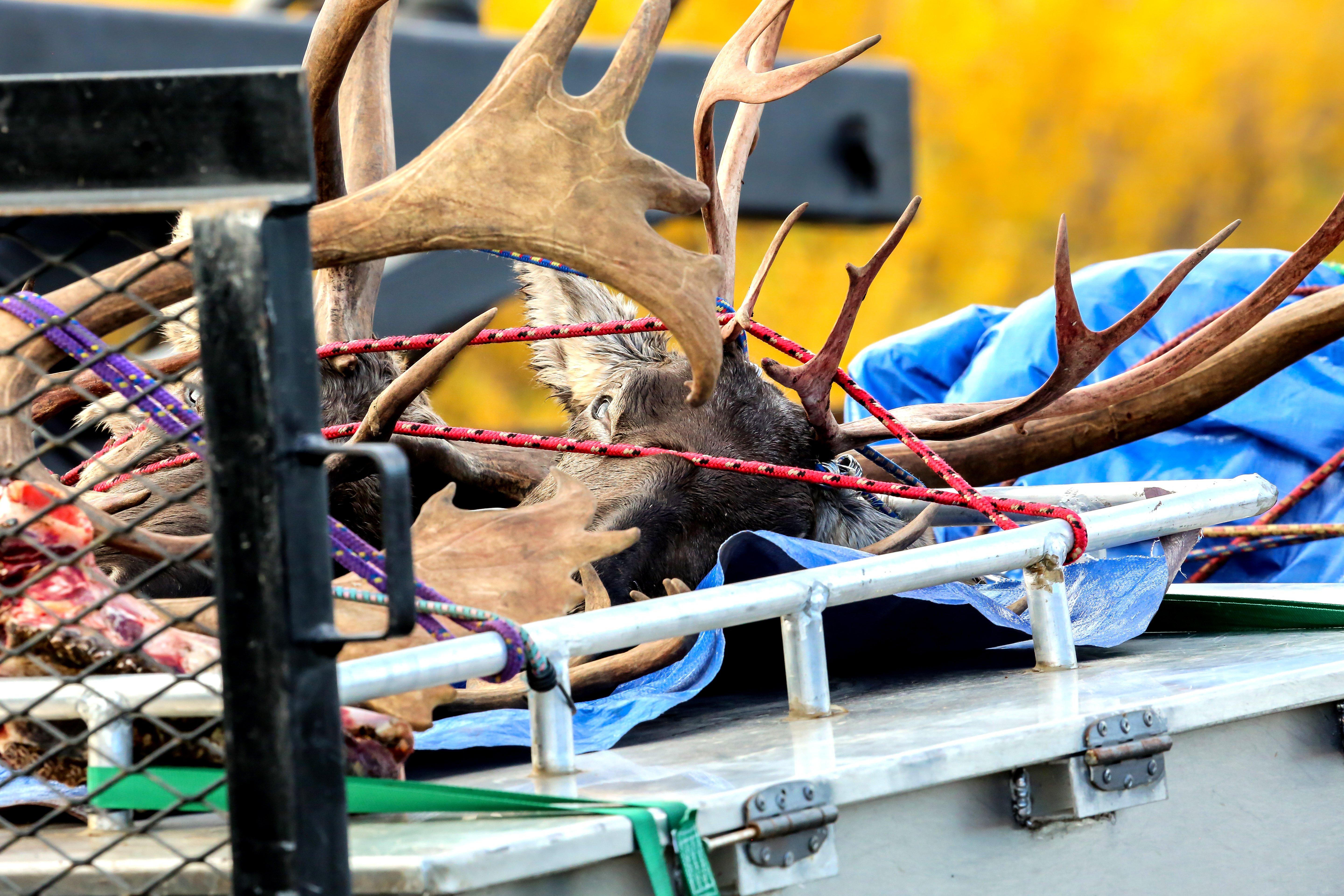
To avoid issues at the U.S. border, ensure you have the proper documentation to return home with your meat. Image by Uwe Bergwitz
WATERFOWL AND UPLAND BIRD LICENSING
Provinces and territories sell game bird hunting licenses for non-migratory species, and the licenses are also required to hunt waterfowl. A federal permit and stamp are required federally and can be purchased online at https://www.permis-permits.ec.gc.ca/en/PurchaseHuntingPermit. A portion goes to conservation; you do not have to sign the stamp before hunting. The federal permit is good in all provinces and territories where a provincial license, required habitat stamps, and a game bird license are also purchased.
If you are hunting with an outfitter, most will purchase your licenses ahead of time to make it easy and ensure you have everything required. If you plan a do-it-yourself hunt, search the provincial government websites for hunting licenses to purchase online.
Manitoba has implemented a new system for non-resident waterfowl hunters who wish to hunt independently without using a guide or outfitter, where they may enter a draw for a seven-day license. The application for a period of their choosing and province-wide use is available once a year with online draw applications accepted June 15 - July 15 of each year on Manitoba's licensing platform. Go to https://www.gov.mb.ca/nrnd/fish-wildlife/wildlife/mbwaterfowl.html for more information. Other provinces offer an annual license, while some have three- to five-day hunting options.
Don’t Miss: ARE HUNTER NUMBERS ACTUALLY DECLINING?
BIG GAME
Big game licenses are available through outfitters that often have an allocation for a specific species in a wildlife management area. The outfitter purchases licenses before you arrive. Access to resources changes regularly, and there could be some opportunities for freelance big game hunters.
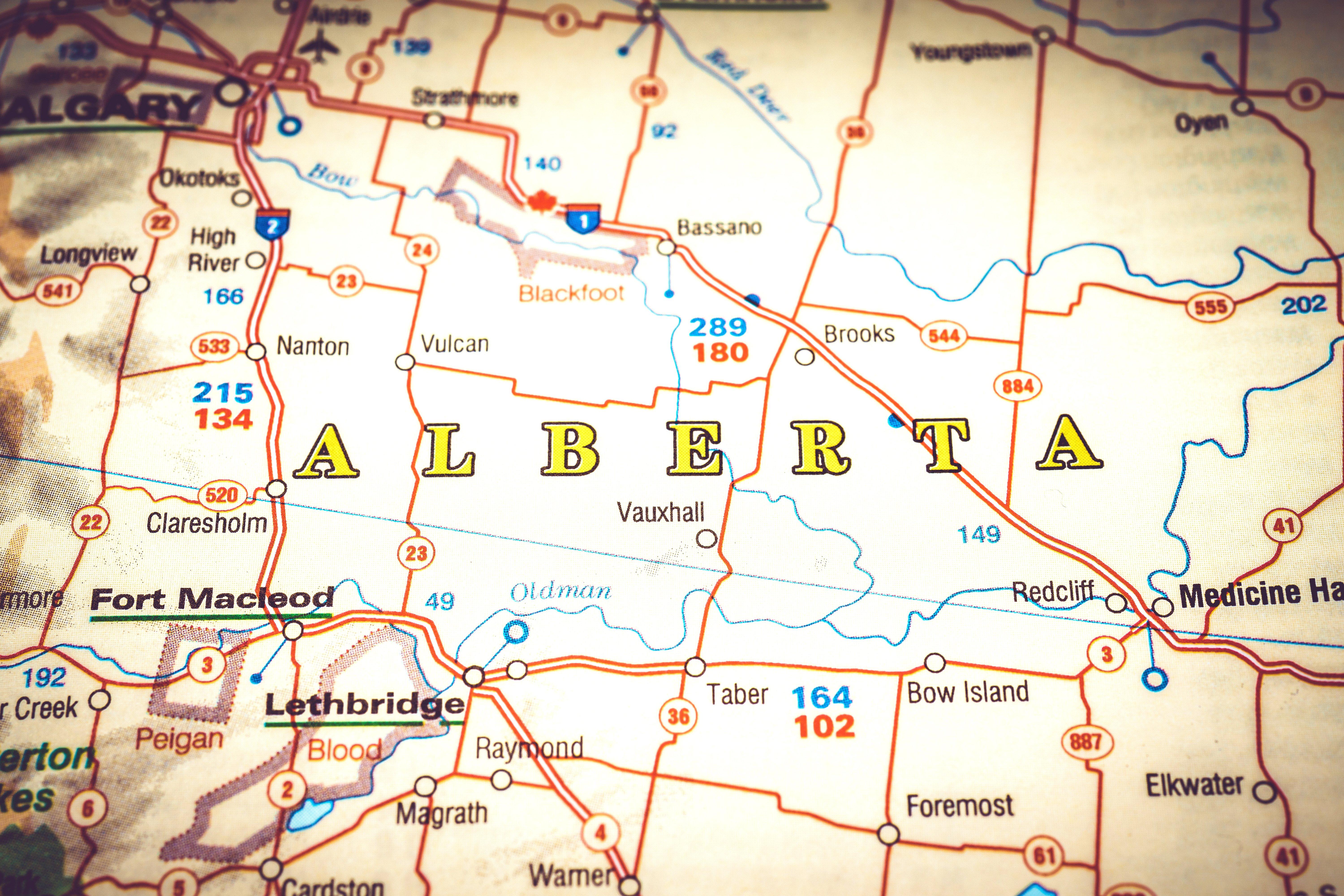
Alberta has at least 10 huntable big game species and boasts outstanding waterfowl and upland bird hunting. Image by Alexander Lukatsky
NOT LIKE HOME
A big bonus for American hunters heading to the Great White North is the Canadian/U.S. dollar exchange. In late 2023, the exchange rate to buy a Canadian dollar bounced between $0.70 and $0.75. There are better rates if you check with banks on both sides of the border. Credit card companies charge extra for exchange, so carry cash and take advantage of the maximum exchange rate.
Paying for gas or munchies at a convenience store may not be the same as using a credit card at home. Most gas stations in the settled regions of Canada are “pay” at the pump. You must insert your credit or debit card, punch in your Personal Identification Number (PIN), and select the maximum amount of money you want to pump. When you insert your card, the pump will lock it in place until you are pre-approved for the purchase before releasing your card. If you do not know your PIN, get it figured out before heading north, so your credit card does not get locked up in a gas pump. Planning will allow you to set up a PIN before you come to Canada, as you'll find several retailers that won't know how to take your money without it.
Remember when driving that Canada uses the metric system. When you see the speed limit posted at 100, it is kilometers per hour and not miles. Fuel is sold by the liter in Canada and it fluctuates from $01.40 to $1.90 a liter, depending on what part of the country you visit. A Canadian Imperial gallon is 4.55 liters, and states sell a U.S. gallon equivalent to 3.8 liters.
Cash purchases are rounded to the nearest nickel.
Beer is much more expensive in all parts of Canada than in the States. A dozen cold ones will cost $25 to $30. If you are in a remote camp or must fly in, prices could jump to $40 or $50 a dozen.
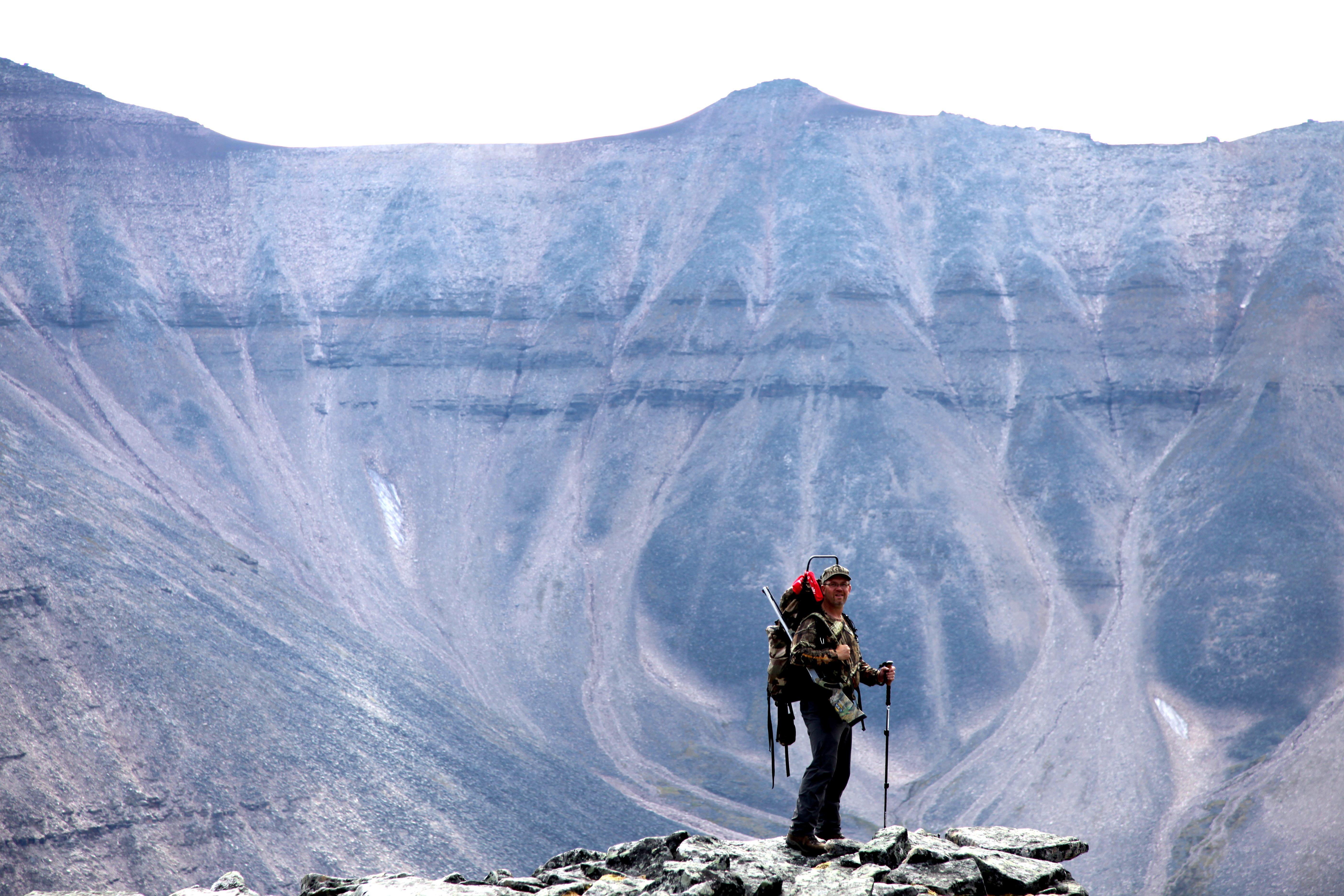
The author, Brad Fenson, travels extensively throughout North America photographing and writing about his hunting adventures. Image by Brad Fenson
GOOD NEIGHBORS
Canada stretches from the Pacific to the Atlantic Oceans, west to east, and from the Arctic Ocean to the United States mainland. The Canadian and United States border is the largest international border in the world. The population of Canada is about 40 million, which is about the same as the population of California. Canadians are known for being friendly and inviting.
It is important to remember that hunting is not always the same as at home. A good example is Alberta, where it is illegal to pay for access. All hunters have equal opportunity; knocking on doors is the best way to obtain access. The good news is that most of Canada is called Crown Land, like Public Land stateside. Make sure you know the rules for access before getting started. And remember there are some constants wherever you’re hunting in North America. No old, weathered mountain is easy to climb. The ducks and geese are always wary, big bucks are not found behind every tree, and moose really are as big as you think.



